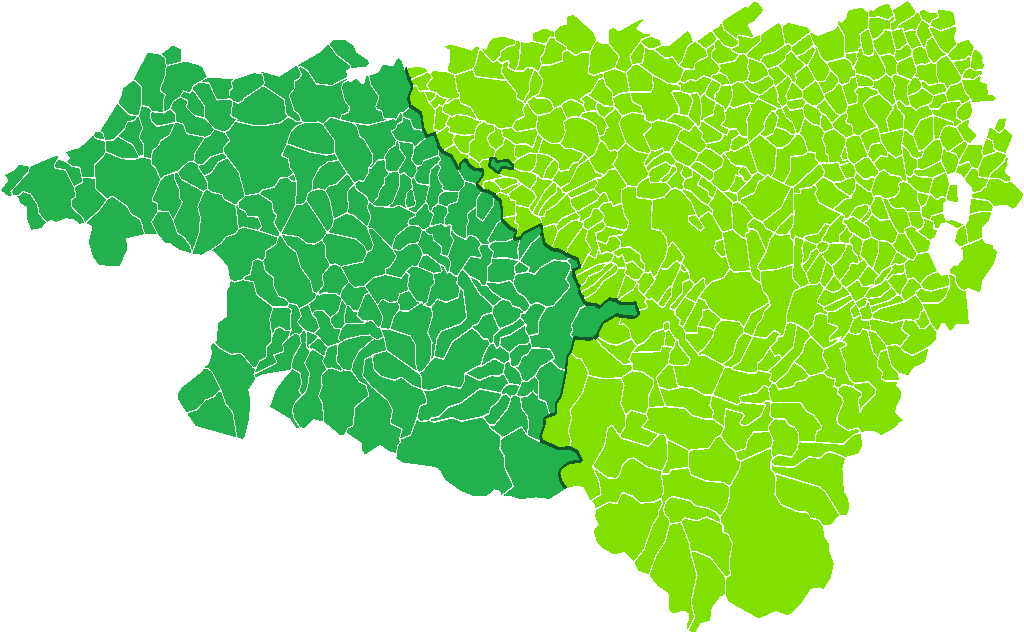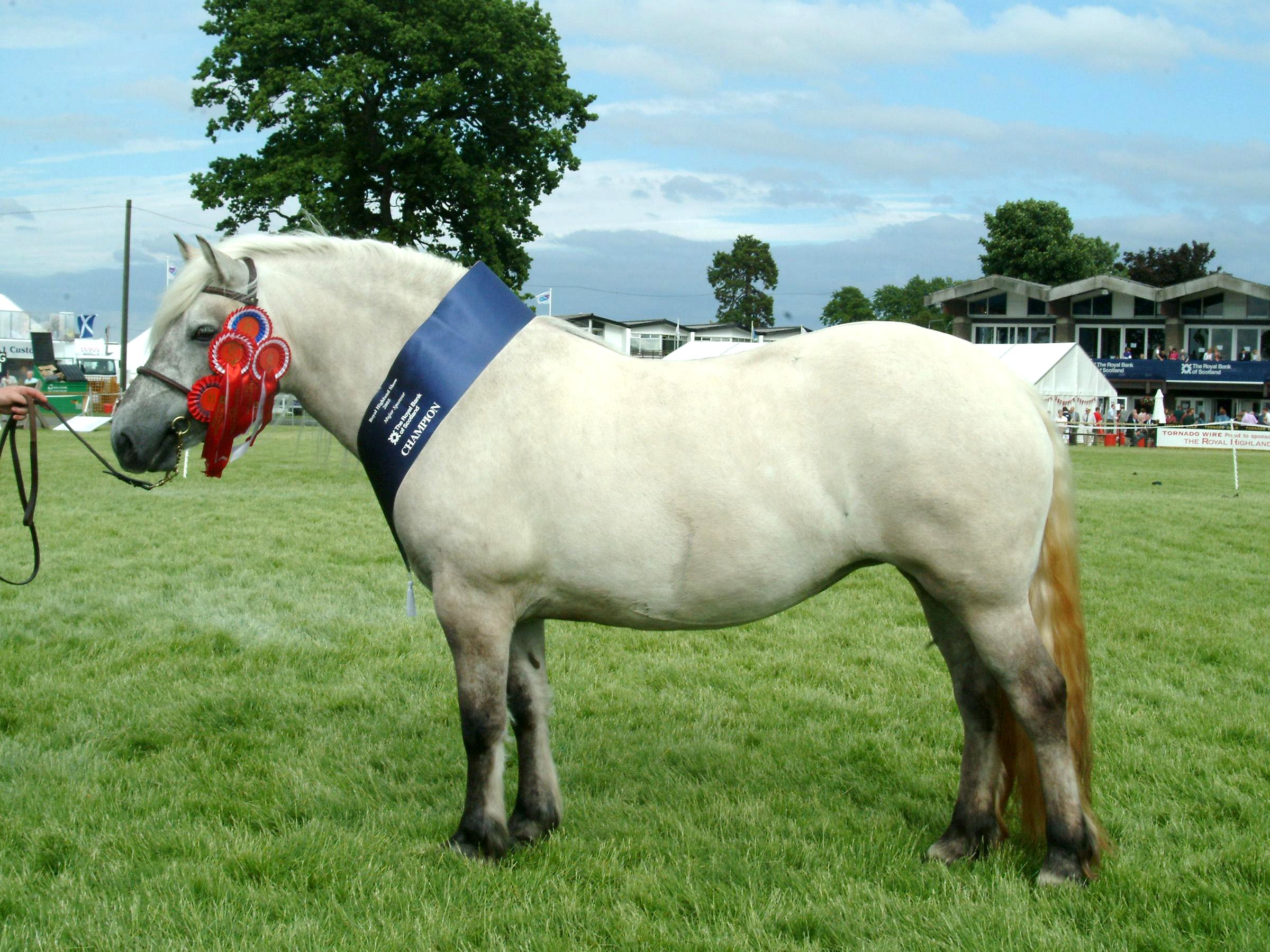|
Lower Navarre
Lower Navarre ( eu, Nafarroa Beherea/Baxenabarre; Gascon/Bearnese: ''Navarra Baisha''; french: Basse-Navarre ; es, Baja Navarra) is a traditional region of the present-day French ''département'' of Pyrénées-Atlantiques. It corresponds to the northernmost ''merindad'' of the Kingdom of Navarre during the Middle Ages. After the Spanish conquest of Iberian Navarre (1512–24), this ''merindad'' was restored to the rule of the native king, Henry II. Its capitals were Saint-Jean-Pied-de-Port and Saint-Palais. In the extreme north there was the little sovereign Principality of Bidache, with an area of and a decreasing population of 44,450 (in 1901), 25,356 (in 1990). Although this denomination is not completely correct from the historical point of view, it is also known as ''Merindad de Ultrapuertos'' ("the regions beyond the mountain passes") by the southerners, and ''Deça-ports'' ("this side of the mountain passes") by the Gascon-speakers. Despite its lost administrative cohe ... [...More Info...] [...Related Items...] OR: [Wikipedia] [Google] [Baidu] |
Pyrénées-Atlantiques
Pyrénées-Atlantiques (; Gascon Occitan: ''Pirenèus Atlantics''; eu, Pirinio Atlantiarrak or ) is a department in the southwest corner of France and of the region of Nouvelle-Aquitaine. Named after the Pyrenees mountain range and the Atlantic Ocean, it covers the French Basque Country and the Béarn. Its prefecture is Pau. In 2019, it had a population of 682,621.Populations légales 2019: 64 Pyrénées-Atlantiques INSEE History Originally named Basses-Pyrénées, it is one of the first 83 created during the |
Basque Rural Sports
Basque rural sports, known as ''Deportes Rurales'' in Spanish or ''Herri Kirolak'' in Basque, is the term used for a number of sports competitions rooted in the traditional lifestyles of the Basque people. The term ''force basque'' is used in French. Virtually all regional Basque rural sports have their origin in the two main historical occupations, the or ''baserritarra'' (farmer) and ''arrantzalea'' (fisher), with a larger percentage hailing from the rural background. The sociological changes in the Basque Country have led many of these becoming technically obsolete in the 19th and 20th century. Few continue to exist as rural or marine activities connected to everyday life and have become rare but many have managed to transform themselves into popular sports instead, some of which have become extremely popular. Winners receive a Basque beret (''boina'' or ''txapela'') as a trophy, hence the Basque word for "champion" - ''txapeldun'', literally "one who has a beret". Betting ... [...More Info...] [...Related Items...] OR: [Wikipedia] [Google] [Baidu] |
Labourd
Labourd ( eu, Lapurdi; la, Lapurdum; Gascon: ''Labord'') is a former French province and part of the present-day Pyrénées Atlantiques ''département''. It is one of the traditional Basque provinces, and identified as one of the territorial component parts of the Basque Country by many, especially by the Basque nationalists. Labourd extends from the Pyrenees to the river Adour, along the Bay of Biscay. To the south is Gipuzkoa and Navarre in Spain, to the east is Basse-Navarre, to the north are the Landes. It has an area of almost and a population of over 200,000 (115,154 in 1901; 209,913 in 1990), the most populous of the three French Basque provinces. Over 25% of the inhabitants speak Basque (17% in the Bayonne-Anglet-Biarritz zone, 43% in the rest). Labourd has also long had a Gascon-speaking tradition, noticeably next to the banks of the river Adour but also more diffusely throughout the whole viscounty (about 20% in Bayonne-Anglet-Biarritz). The main town of Labourd i ... [...More Info...] [...Related Items...] OR: [Wikipedia] [Google] [Baidu] |
Mount Baigura
Mount is often used as part of the name of specific mountains, e.g. Mount Everest. Mount or Mounts may also refer to: Places * Mount, Cornwall, a village in Warleggan parish, England * Mount, Perranzabuloe, a hamlet in Perranzabuloe parish, Cornwall, England * Mounts, Indiana, a community in Gibson County, Indiana, United States People * Mount (surname) * William L. Mounts (1862–1929), American lawyer and politician Computing and software * Mount (computing), the process of making a file system accessible * Mount (Unix), the utility in Unix-like operating systems which mounts file systems Displays and equipment * Mount, a fixed point for attaching equipment, such as a hardpoint on an airframe * Mounting board, in picture framing * Mount, a hanging scroll for mounting paintings * Mount, to display an item on a heavy backing such as foamcore, e.g.: ** To pin a biological specimen, on a heavy backing in a stretched stable position for ease of dissection or display ** To p ... [...More Info...] [...Related Items...] OR: [Wikipedia] [Google] [Baidu] |
Pony
A pony is a type of small horse ('' Equus ferus caballus''). Depending on the context, a pony may be a horse that is under an approximate or exact height at the withers, or a small horse with a specific conformation and temperament. Compared to a larger horse, a pony may have a thicker coat, mane and tail, with proportionally shorter legs, a wider barrel, heavier bone, a thicker neck and a shorter, broader head. The word ''pony'' derives from the old French ''poulenet'', meaning foal, a young, immature horse. Small horses and ponies were traditionally used for riding, driving and as pack beasts. During the Industrial Revolution, particularly in Great Britain, many were used as pit ponies, hauling loads of coal in the mines. In the modern era they may be kept as children's mounts, for recreational or competitive riding or driving, or for cultural or conservation reasons. Ponies are generally considered intelligent and friendly. They are sometimes also described as stubbor ... [...More Info...] [...Related Items...] OR: [Wikipedia] [Google] [Baidu] |
Pottok
The Pottok or Pottoka ( or , eu, pottoka ), is an endangered, semi-feral breed of pony native to the Pyrenees of the Basque Country in France and Spain. It is considered an ancient breed of horse, particularly well adapted to the harsh mountain areas it traditionally inhabits. Once common, it is endangered through habitat loss, mechanization and crossbreeding but efforts are increasingly made to safeguard the future of this breed. It is considered iconic by the Basque people. Etymology ''Pottoka'' is the Basque language name for this horse, both north and south of the mountains. In Upper Navarrese, ''potto'' and ''pottoka'' are generic terms for colts and young horses whereas in Lapurdian and Lower Navarrese the meaning of ''pottoka'' is "pony". Trask, L. ''Etymological Dictionary of Basque'', edited for web publication by Max Wheeler, University of Sussex 2008 Ultimately the name is linked to words such as ''pottolo'' "chubby, tubby". In French sources, the spelling Pott ... [...More Info...] [...Related Items...] OR: [Wikipedia] [Google] [Baidu] |
Irissarry
Irissarry (; eu, Irisarri) is a commune in the Pyrénées-Atlantiques department and Nouvelle-Aquitaine region of south-western France. It is located in the former province of Lower Navarre. See also *Communes of the Pyrénées-Atlantiques department The following is a list of the 546 Communes of France, communes of the Pyrénées-Atlantiques Departments of France, department of France. The communes cooperate in the following Communes of France#Intercommunality, intercommunalities (as of 202 ... References External links IRISARRI in the Bernardo Estornés Lasa - Auñamendi Encyclopedia (Euskomedia Fundazioa)(in Spanish) Communes of Pyrénées-Atlantiques Lower Navarre Pyrénées-Atlantiques communes articles needing translation from French Wikipedia {{PyrénéesAtlantiques-geo-stub ... [...More Info...] [...Related Items...] OR: [Wikipedia] [Google] [Baidu] |
Lintel
A lintel or lintol is a type of beam (a horizontal structural element) that spans openings such as portals, doors, windows and fireplaces. It can be a decorative architectural element, or a combined ornamented structural item. In the case of windows, the bottom span is instead referred to as a sill, but, unlike a lintel, does not serve to bear a load to ensure the integrity of the wall. Modern day lintels are made using prestressed concrete and are also referred to as beams in beam and block slabs or ribs in rib and block slabs. These prestressed concrete lintels and blocks are components that are packed together and propped to form a suspended floor concrete slab. Structural uses In worldwide architecture of different eras and many cultures, a lintel has been an element of post and lintel construction. Many different building materials have been used for lintels. In classical Western architecture and construction methods, by ''Merriam-Webster'' definition, a lintel is a l ... [...More Info...] [...Related Items...] OR: [Wikipedia] [Google] [Baidu] |
Adour
The Adour (; eu, Aturri; oc, Ador) is a river in southwestern France. It rises in High-Bigorre (Pyrenees), in the commune of Aspin-Aure, and flows into the Atlantic Ocean (Bay of Biscay) near Bayonne. It is long, of which the uppermost ca. is known as the ''Adour de Payolle''. At its final stretch, i.e. on its way through Bayonne and a short extent upstream, the river draws the border between the Northern Basque Country and Landes regions. Places along the river ''Départements'' and towns along the river include: * Hautes-Pyrénées: Bagnères-de-Bigorre, Tarbes, Maubourguet * Gers: Riscle * Landes: Aire-sur-l'Adour, Dax, Tarnos * Pyrénées-Atlantiques: Bayonne Tributaries The main tributaries of the Adour are, from source to mouth: * Adour de Gripp (also ''Adour du Tourmalet'', 15 km) * Adour de Lesponne (19 km) * Échez (64 km) * Arros (130 km) * Léez (56 km) * Gabas (117 km) * Midouze (151 km) * Louts (86 km) * L ... [...More Info...] [...Related Items...] OR: [Wikipedia] [Google] [Baidu] |
Bayonne
Bayonne (; eu, Baiona ; oc, label= Gascon, Baiona ; es, Bayona) is a city in Southwestern France near the Spanish border. It is a commune and one of two subprefectures in the Pyrénées-Atlantiques department, in the Nouvelle-Aquitaine region. Bayonne is located at the confluence of the Nive and Adour rivers in the northern part of the cultural region of the Basque Country. It is the seat of the Communauté d'agglomération du Pays Basque which roughly encompasses the western half of Pyrénées-Atlantiques, including the coastal city of Biarritz. This area also constitutes the southern part of Gascony, where the Aquitaine Basin joins the beginning of the Pre-Pyrenees. Together with nearby Anglet, Biarritz, Saint-Jean-de-Luz, as well as several smaller communes, Bayonne forms an urban area with 273,137 inhabitants at the 2018 census; 51,411 residents lived in the commune of Bayonne proper. [...More Info...] [...Related Items...] OR: [Wikipedia] [Google] [Baidu] |




